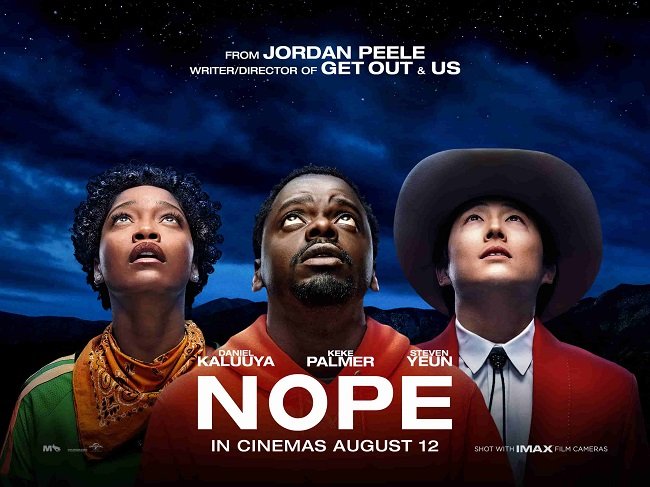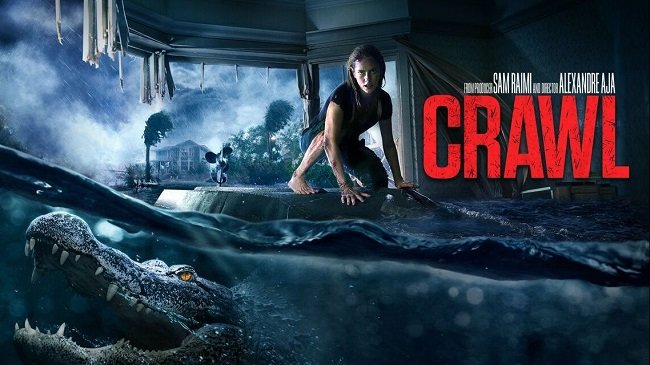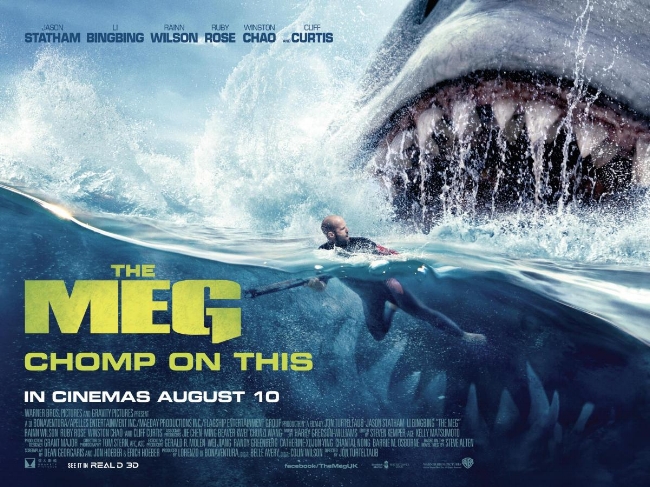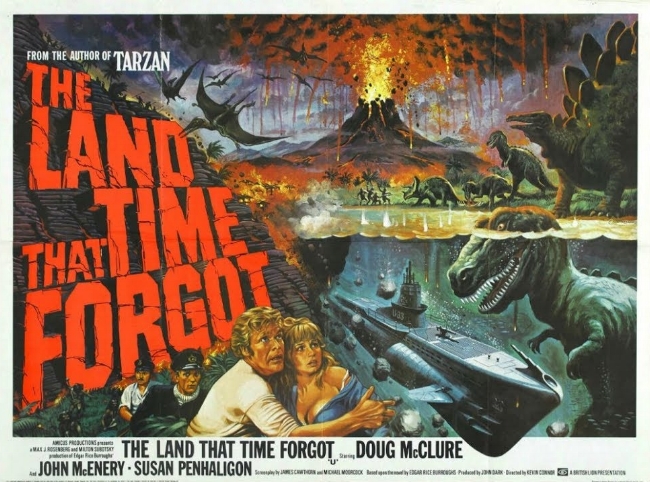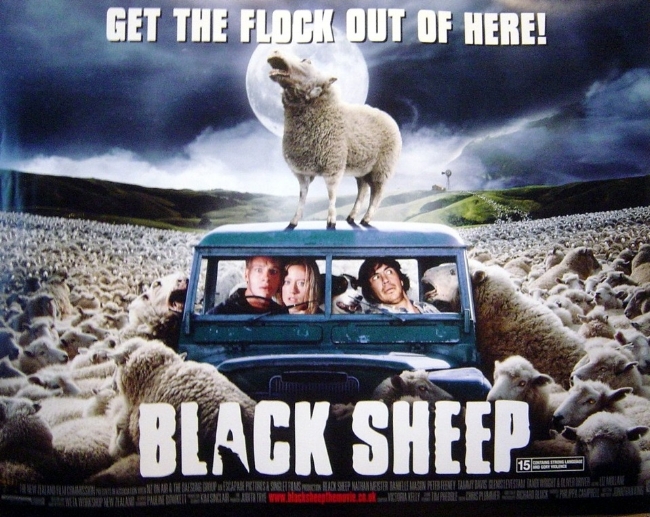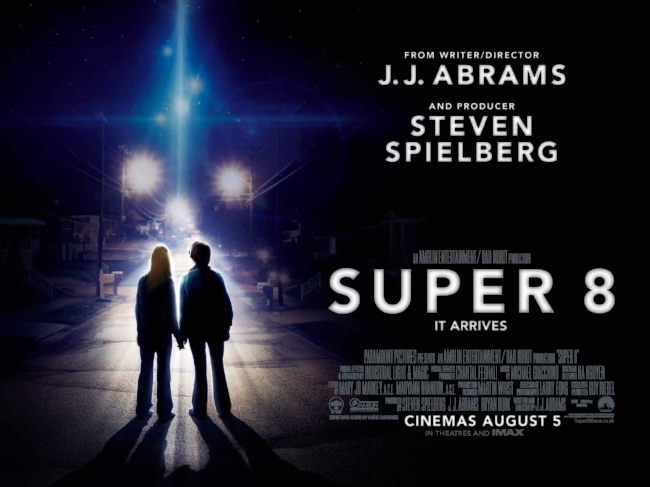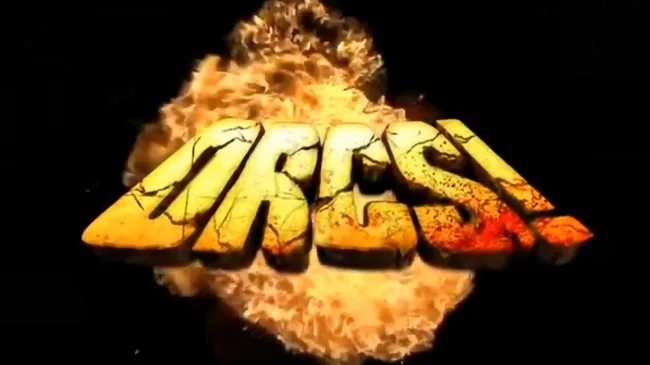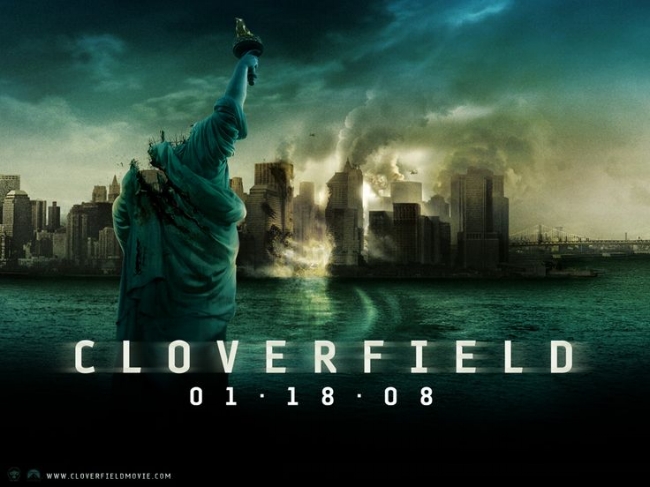Grizzly (1976)
After the critical and commercial success of Jaws in 1975, a veritable tsunami of “creature feature” movies followed in its wake. A few titles, such as Alligator (1980) and Piranha (1978) managed to do something different with the rogue animal trope, both providing a quirky and satirical look at the genre along with plenty of exploitation mayhem. However, most of the rest were low budget productions of negligible quality. However, such qualities are not always an impediment at the box office. Grizzly (1976) was hastily made on a budget of $750,000 yet earned an impressive $39,000,000 at the box office. The critics hated it but the public loved it and it went on to be the second most financially successful independent feature film in the US that year (the first being Monty Python and the Holy Grail). Grizzly is in many ways a microcosm of the exploitation genre from the seventies and needs to be viewed through that prism if it is to be enjoyed.
In an unspecified National Park in South Eastern America, Chief Ranger Michael Kelly (Christopher George) and his team search for two female hikers who are overdue after breaking camp. Kelly is joined by photographer Allison Corwin (Joan McCall) who subsequently stumbles upon human remains that have been partially buried. Tracks in the area and a subsequent autopsy confirm that there is a large predator loose in the park. Charley Kittridge (Joe Dorsey) the park supervisor, blames Kelly and naturalist Arthur Scott (Richard Jaeckel) as all bears were supposed to be tagged and removed from the tourist areas before the vacation season began. After further attacks Kittridge invites local hunters to kill the bear. Kelly and Scott decide to track the Grizzly down themselves. With the help of local helicopter pilot and Vietnam veteran Don Stober (Andrew Prine), they journey into the wilderness and attempt to set a trap. But the 15 ft, 2000 lbs bear proves more cunning than they anticipate.
One of the most often cited criticisms of Grizzly is it’s slavish adherence to the plot of Jaws. Director William Girdler attempts to duplicate many of the plot details from Spielberg’s iconic film. Hence we have a senior public official who refuses to take action when necessary, the near death of a child being a major catalyst of events and a trio of heroes who take on the task of hunting down the predator themselves. Sadly, Grizzly lacks the production polish and the quality dialogue that Jaws has in spades. The screenplay by Harvey Flaxman and David Sheldon is perfunctory to say the best and weak even by the standards of the exploitation genre. All major characters are woefully undeveloped and Christopher George, Andrew Prine and Richard Jaekel struggle to do much with their roles, often having to rely on their own personalities to get by. The location photography is good but the dense forest and striking mountains are not used to their full advantage.
Due to several plotlines and characters vanishing from the proceedings, shortly after being introduced, it seems likely that Grizzly was edited down from a longer film into the tight 89 minutes that makes up the theatrical release. Native American culture is alluded to but then plays no further part of the plot. Kelly’s romance with Allison Corwin simply ceases to be relevant halfway in and is dispensed with after a time. The levels of violence are also inconsistent. The first two onscreen deaths feature a severed arm flying across the screen. After this the kills are somewhat tamer. However, Grizzly ups the ante when a child is attacked in his garden. His Mother beats the bear with a broom, who drops the young child revealing his left leg bitten off below the knee. She herself is then mauled to death. This disparity in content again suggests last minute editing to secure a lower rating. Allegedly the first cut was R rated and featured more nudity and gore. It was then reduced for a PG rating.
Perhaps the weakest aspect of Grizzly is the bear itself. In a few of the attack sequences, the bear is a stunt performer in a suit but for the vast majority of the film, a real Kodiak bear (called Teddy) was used. Sadly, this particular bear never appears particularly menacing or threatening. Apparently the bear wrangler used marshmallows on a stick to make the animal stand and reach. Its subsequent slavering looks more comical than enraged. The bear certainly is imposing, due to its height but it never truly instills fear. Yet perhaps I am looking at this film with the perspective of a genre aficionado in his middle fifties, who has seen a lot of movies over the years. In the late seventies, this sort of fodder would have appealed greatly to the youth market (as the box office returns show). Director William Girdler went on to direct The Manitou, which I am very fond of. As for Grizzly, it remains an interesting example of how being in the right place at the right time is often essential to successful exploitation cinema.







